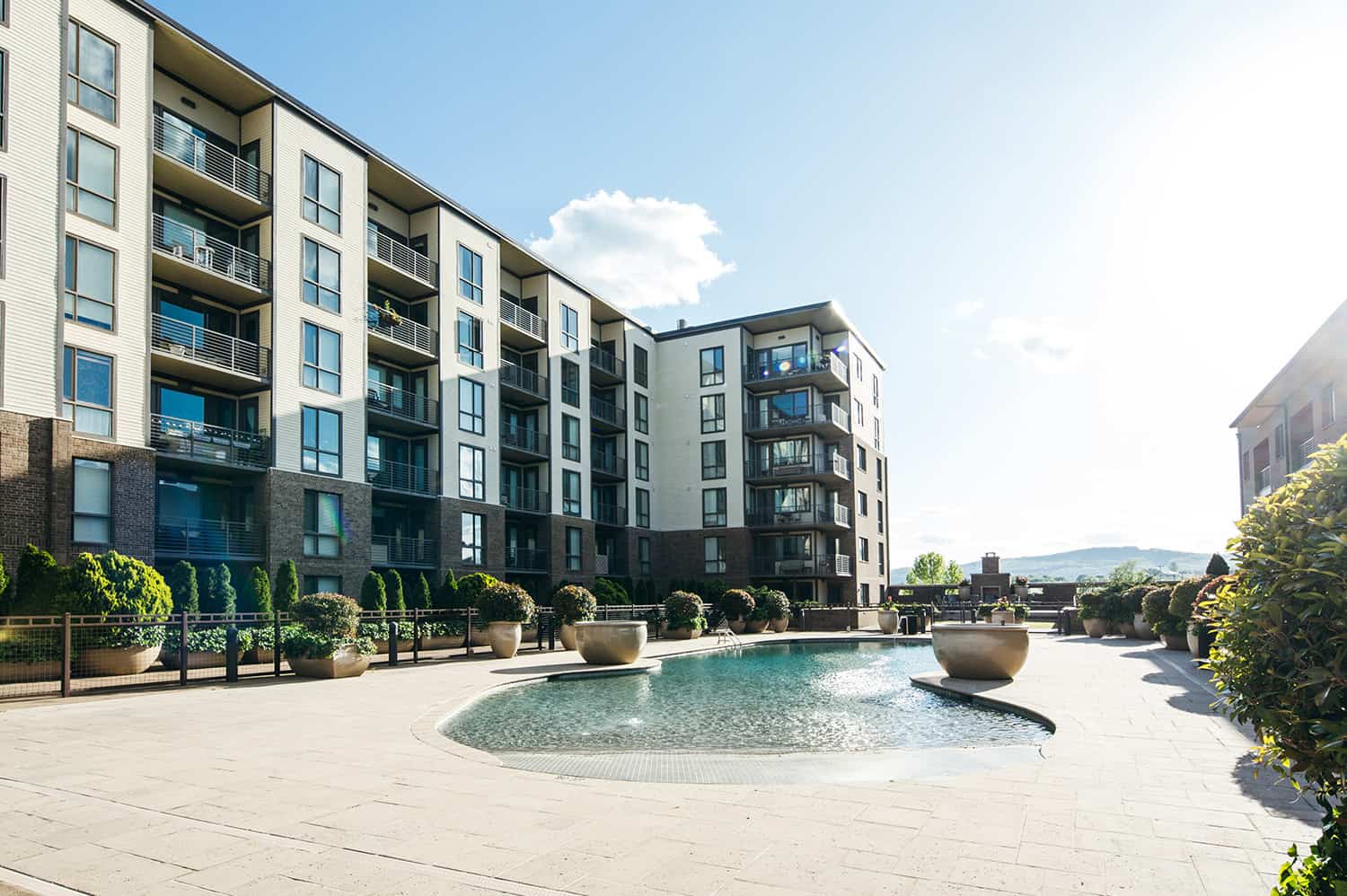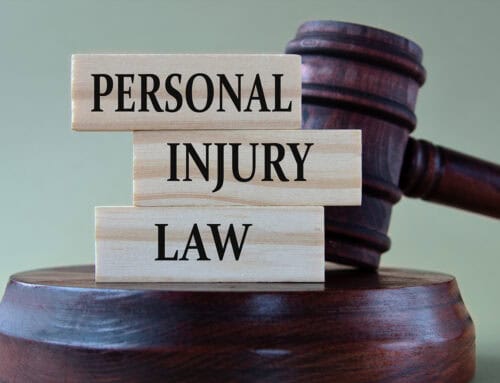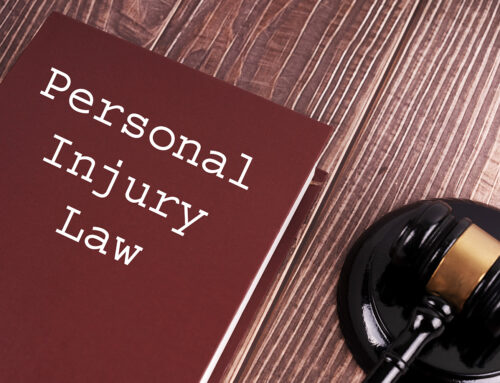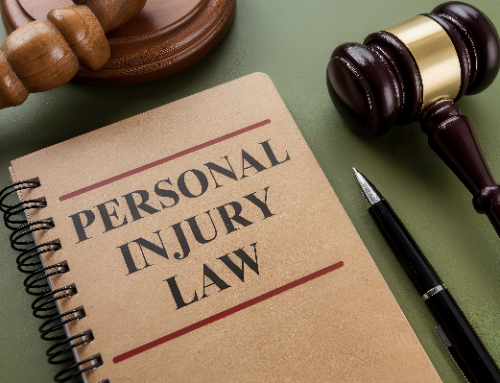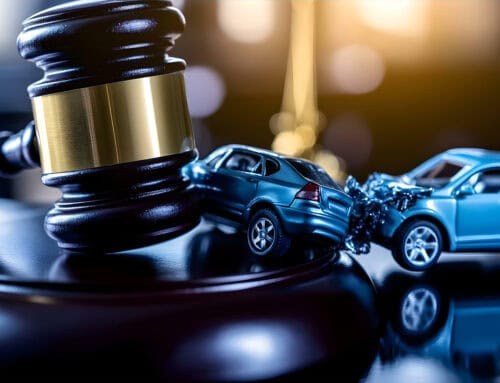What Happens If You Slip and Fall at an Apartment Complex?
From bustling cities to peaceful rural areas, 3 million apartment units provide living quarters for California residents. Apartment complexes vary in size, location, amenities, and rental prices, but any of them may develop unexpected hazards to trip residents and guests, causing serious injuries. Whether you reside in a California apartment complex or just occasionally visit, you may want to review this important information.
Owners Must Provide Safe Grounds and Buildings
Under California premises liability laws, owners of apartment complexes must maintain their property and keep it free of hazards for anyone who visits or uses it. This includes parking lots, sidewalks, outside structures such as gazebos, and recreational amenities such as swimming pools or tennis courts. It also applies to common areas in buildings, such as entryways, lounges, hallways, stairs, laundry rooms, or exercise facilities.
The apartment complex owner may employ a property manager or hire a professional management company to carry out this duty of care. Although the law does not spell out what constitutes reasonable or ordinary care, good property management involves staying on top of maintenance tasks:
- Conduct regular inspections with a checklist
- Carry out annual and seasonal maintenance
- Respond immediately to reports of hazardous conditions
- Schedule needed repairs quickly
- Place warning signs or barriers around hazards until fixed
Dangers Can Develop Anywhere
Slip-and-fall accidents can occur just about anywhere in an apartment complex, but some locations make residents and guests especially vulnerable to a fall.
Parking Lots and Sidewalks
People are often in a hurry in parking lots, and they can easily overlook cracks, drain covers, or uneven surfaces. Pavement can become slick from oil leaks, rainy weather, spilled drinks, and debris. Parking barriers, ramps, and curbs can all trip rushing individuals. Management can paint offsets with bright colors to make them more visible and provide adequate lighting at night.
Swimming Pools
Californians enjoy wonderful weather for swimming and sunbathing, and many apartment complexes maintain swimming pools to attract tenants. With water splashing everywhere, lounge chairs and tables ensconced poolside, and beach toys scattered around, pools provide perfect conditions for slip-and-fall accidents. Management should post warning signs and arrange for frequent checks of the area during swimming hours.
Steps and Stairways
Steps present a danger even when the weather isn’t a factor. Cracks, chips, and debris increase the possibility of a fall. Building owners should keep all steps in excellent repair, provide adequate lighting inside and out, and make sure handrails are sturdy and fastened securely.
Laundry Rooms
Laundry areas are another source of slip-and-fall mishaps. Liquid soap and fabric softener spills, as well as laundry baskets and bags left in the aisles, contribute to treacherous conditions. Managers should inspect laundry facilities frequently, post warning signs, and repair leaking machines immediately or disconnect them to keep floors safe.
Tenants and Visitors Should Report Problems
Even with a regular inspection checklist, property owners may not be aware of every problem that arises in the apartment complex. Keeping an eye out for dangerous conditions in your residential community not only keeps you safe and alert but also helps protect your fellow tenants when you inform management. If possible, write down the exact location and a description of the hazard and give the written information directly to the property owner or manager. Check after 24 hours to see if the manager addressed the issue or at least put up warning signs or barricades.
You Should Take Vital Actions After a Slip-and-Fall Accident
When slipping on a surface or tripping over something at an apartment complex results in a fall, you often feel upset and disoriented even if your injuries do not appear serious. You may even feel embarrassed and just want to get to your car or apartment before someone notices you. Instead, you need to immediately document what happened and report the incident to the person in charge:
- Use your phone to call for help if needed
- Take photos of the hazard that caused the fall or ask a bystander to take them
- Check for witnesses and get their contact information
- Notify the owner or manager in charge and ask to fill out an accident report
- Request an immediate copy of the accident report and the owner’s name and phone number
Depending on the extent of your injuries, go to an urgent care center, emergency room, or your regular physician to check for injuries. Serious injuries may not be immediately apparent, and it is important to document them as soon as possible. Ask the physician to provide written details of any trauma you suffered and document the injuries with photos.
An Experienced Lawyer Can Guide Your Next Steps
Hazardous conditions at a California apartment complex can cause you to slip or trip, fall, and sustain injuries that result in medical bills, chronic pain, and lost wages. The Law Offices of Brent D. George can help you receive compensation for your losses and get your life back on track. Contact us today for a free consultation.
Disclaimer: This article is intended for informational purposes only and does not constitute legal advice. For personalized assistance, please contact our office at (805)494-8400.

